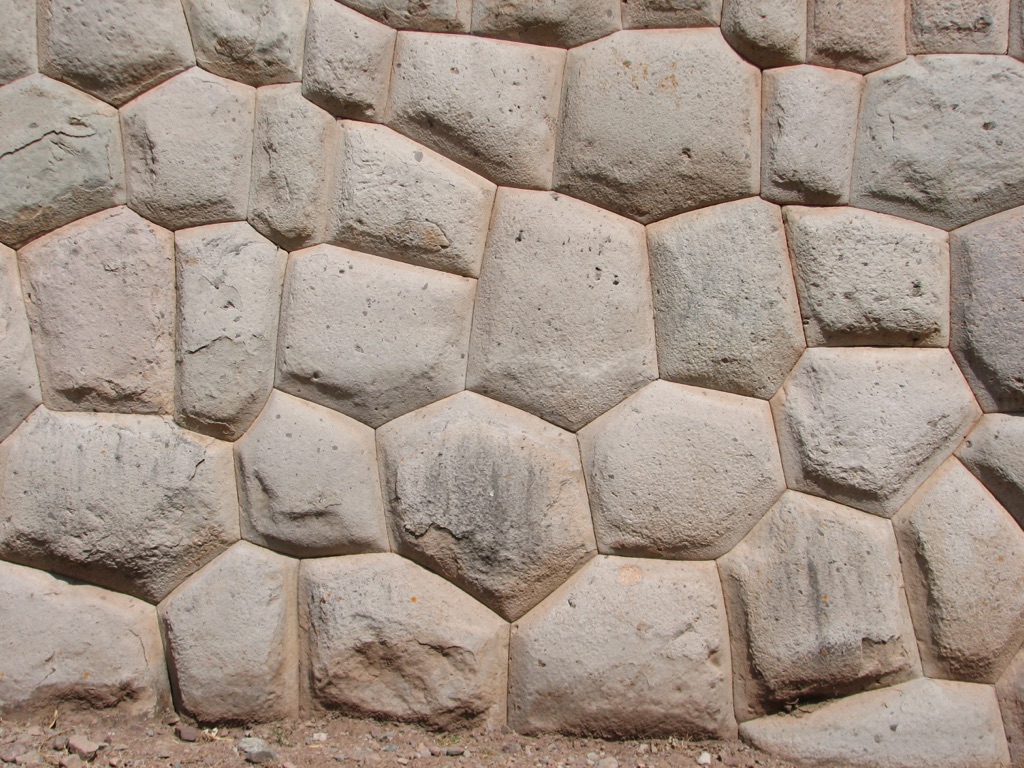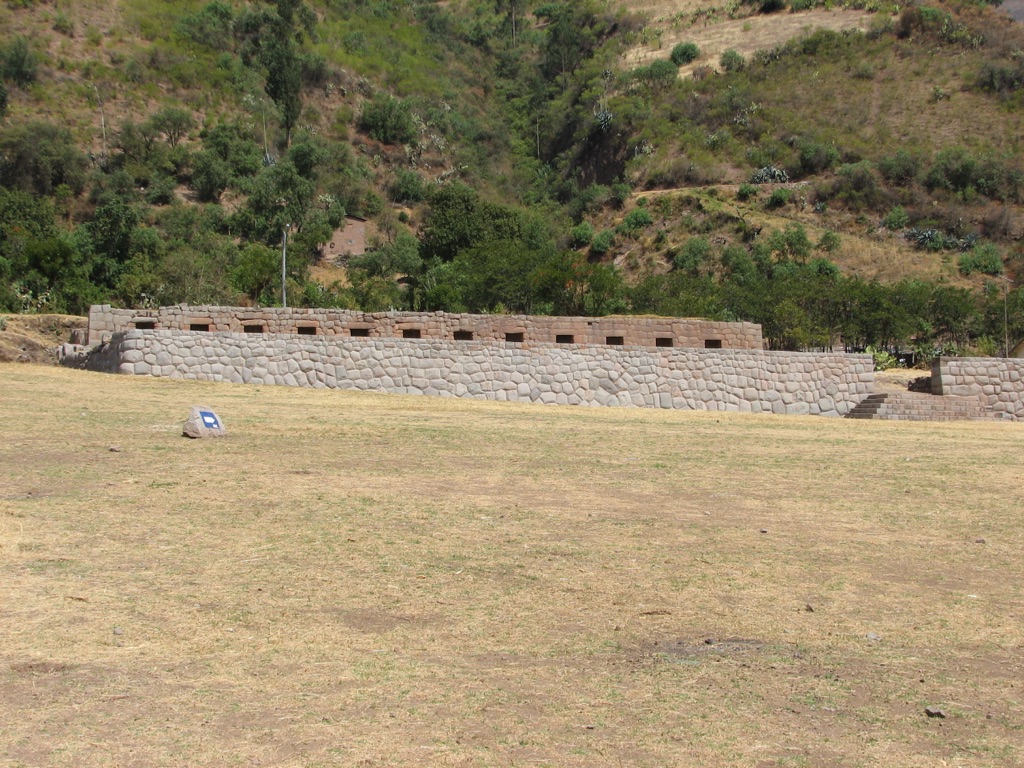Tarahuasi, also known as Tarawasi, is an archaeological site located in the Cusco Region of Peru. It is believed to have been a ceremonial center or waystation used by the Incas. The site features a central ushnu, a platform used for ceremonial purposes, and is characterized by its Inca masonry, which includes polygonal stones meticulously fitted together. Tarahuasi is a testament to the Inca’s architectural prowess and their strategic placement of important sites along the Qhapaq Ñan, the vast network of roads that traversed their empire.
Get your dose of History via Email
Historical Background of Tarahuasi
The discovery of Tarahuasi is not well-documented, but it is known that the site was built by the Incas. The Incas were master builders, creating a vast empire that stretched across modern-day Peru, Ecuador, Bolivia, Argentina, Chile, and Colombia. Tarahuasi likely served as a tambo, or resting place, for travelers along the Qhapaq Ñan. This network of roads facilitated the movement of armies, people, and goods across the empire.
The exact date of Tarahuasi’s construction remains unclear. However, it was during the height of the Inca Empire, which flourished between the 15th and 16th centuries. The Incas built many such structures along their road system to support the administrative and logistical needs of their empire.
After the Spanish conquest in the 16th century, many Inca sites fell into disuse. Tarahuasi was no exception. It was not the scene of any major historical events recorded by the Spanish conquerors. Instead, it remained a silent witness to the passing of an era.
The site has since been studied by archaeologists and historians, who have worked to uncover its past and its purpose within the Inca Empire. While not as famous as other Inca sites like Machu Picchu, Tarahuasi offers valuable insights into the daily workings of the Inca road system and their approach to empire-building.

Today, Tarahuasi stands as a cultural heritage site. It attracts visitors interested in the history and culture of the Incas. The site’s preservation allows for ongoing study and appreciation of this remarkable civilization.
About Tarahuasi
Tarahuasi is an example of Inca engineering and architecture. The site features a series of terraces, walls, and a prominent ushnu. The ushnu is a ceremonial platform that likely played a significant role in religious and state ceremonies.
The construction techniques of Tarahuasi showcase the Incas’ skill in stone masonry. They used a method called ashlar, where stones are cut to fit together without mortar. This technique ensured the stability and longevity of their structures.
The building materials were local stones, shaped and placed with precision. The Incas were adept at using the natural landscape to their advantage, integrating their buildings seamlessly into the surrounding environment.
Architectural highlights of Tarahuasi include trapezoidal niches and doorways, a hallmark of Inca design. These features not only had aesthetic value but also provided resistance to seismic activity, which is common in the Andean region.
The site’s layout and the orientation of the ushnu suggest that it may have had astronomical alignments. These alignments were typical of Inca sites, reflecting the civilization’s advanced understanding of astronomy and its importance in their culture.
Theories and Interpretations
Several theories exist about the use of Tarahuasi. Most agree that it served as a tambo or waystation for travelers. It may have also been a site for religious ceremonies, given the presence of the ushnu.
The mysteries of Tarahuasi include the exact nature of the ceremonies conducted there. Without written records from the Incas, archaeologists rely on artifacts and the site’s structure to make educated guesses.

Some aspects of Tarahuasi have been matched to historical records left by the Spanish. These records provide context but are limited in detail. Therefore, much of what is known about Tarahuasi comes from archaeological interpretation.
Dating of Tarahuasi has been carried out using relative dating methods. These methods place the site within the broader timeline of the Inca Empire. However, precise dating is challenging due to the lack of organic materials suitable for radiocarbon dating.
Despite these challenges, the study of Tarahuasi continues. Each discovery adds to the understanding of the Inca civilization and its remarkable achievements.
At a glance
Country: Peru
Civilization: Inca
Age: 15th to 16th century AD
Conclusion and Sources
The information in this article has been obtained from the following reputable sources:
– Wikipedia: https://en.wikipedia.org/wiki/Tarawasi

